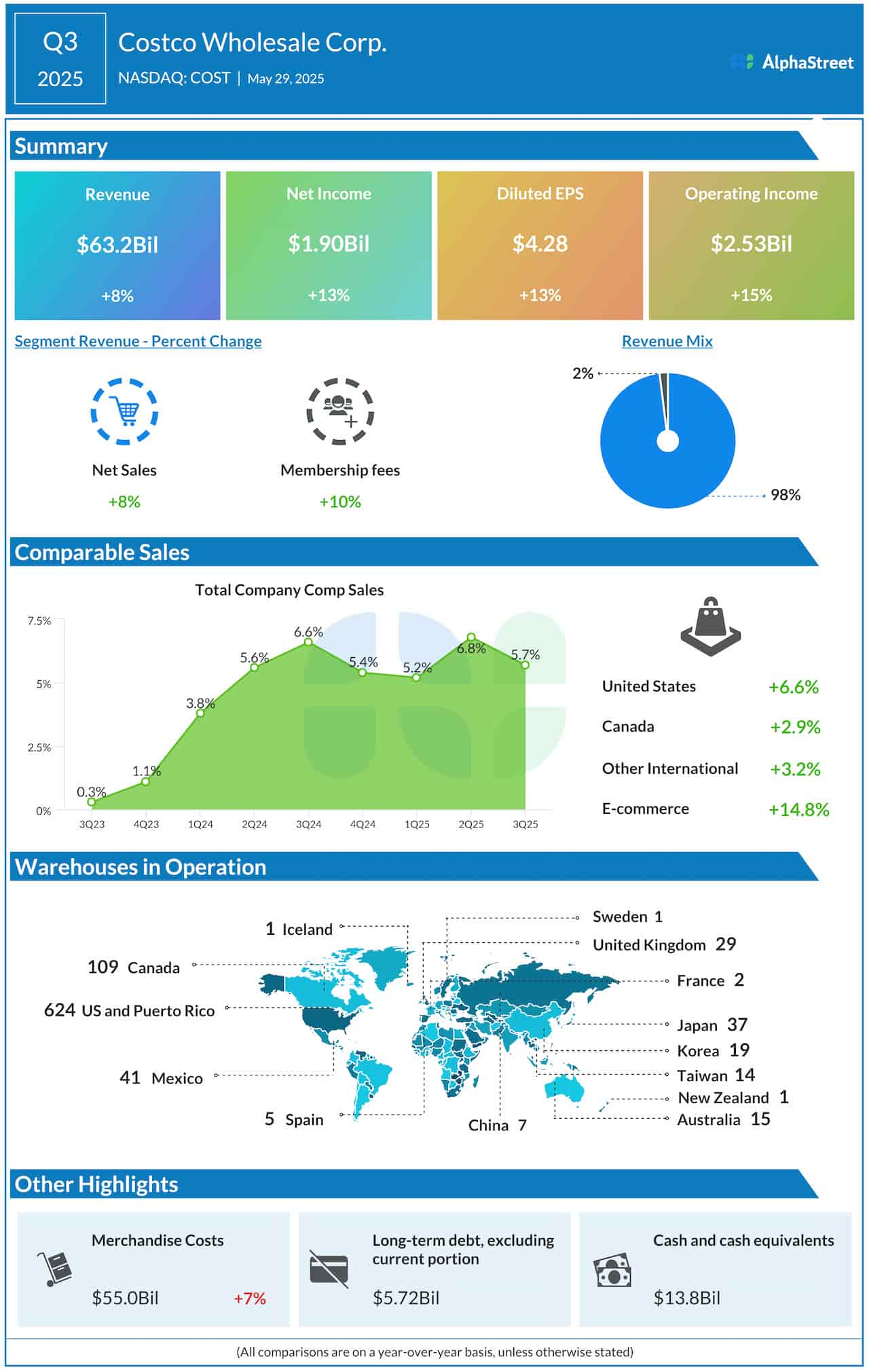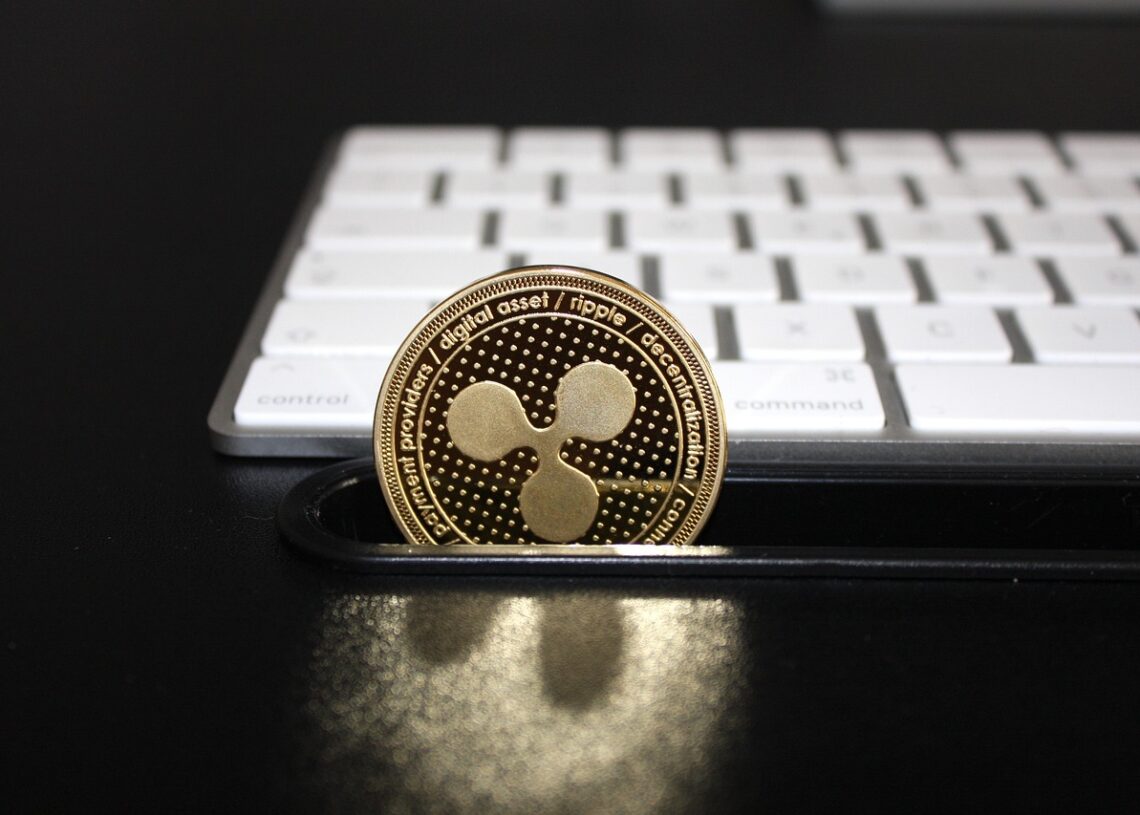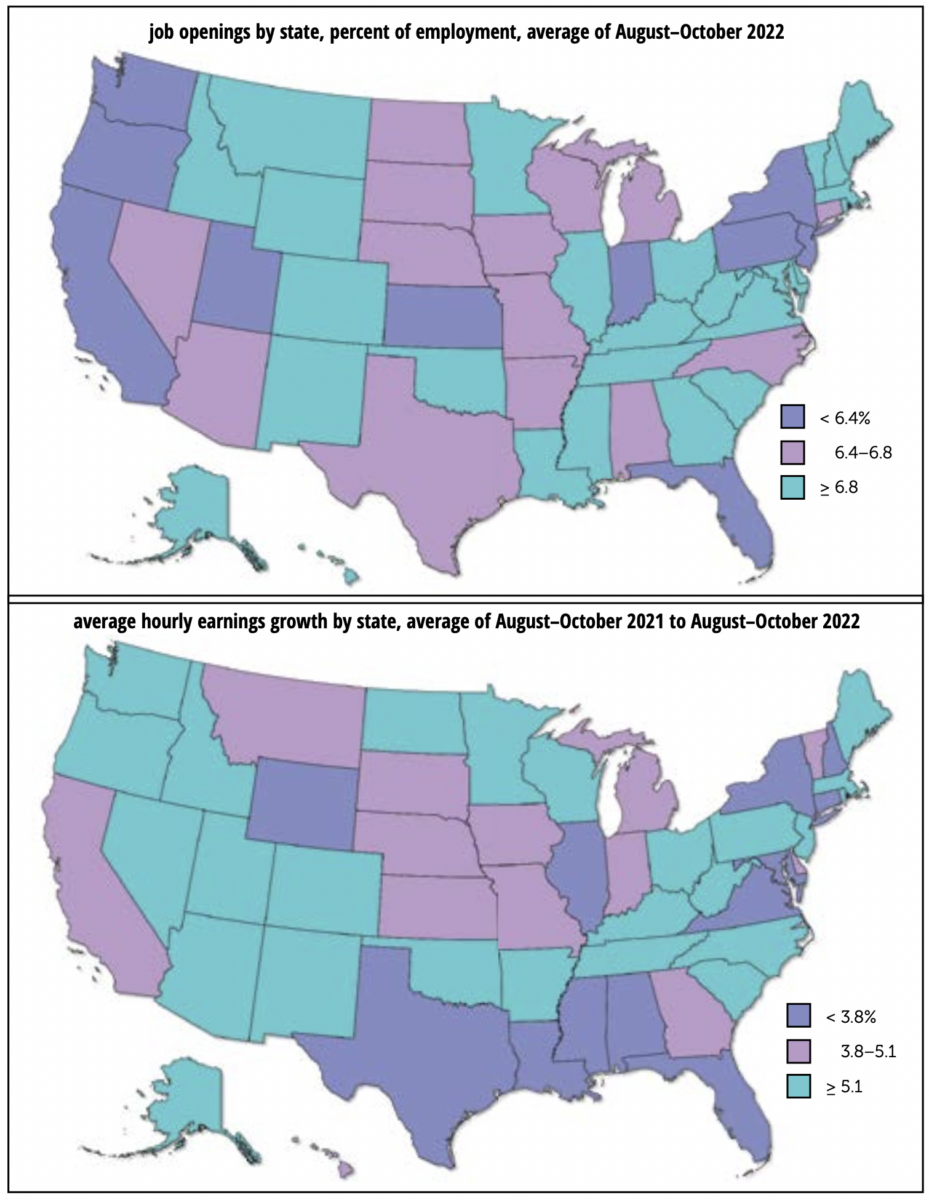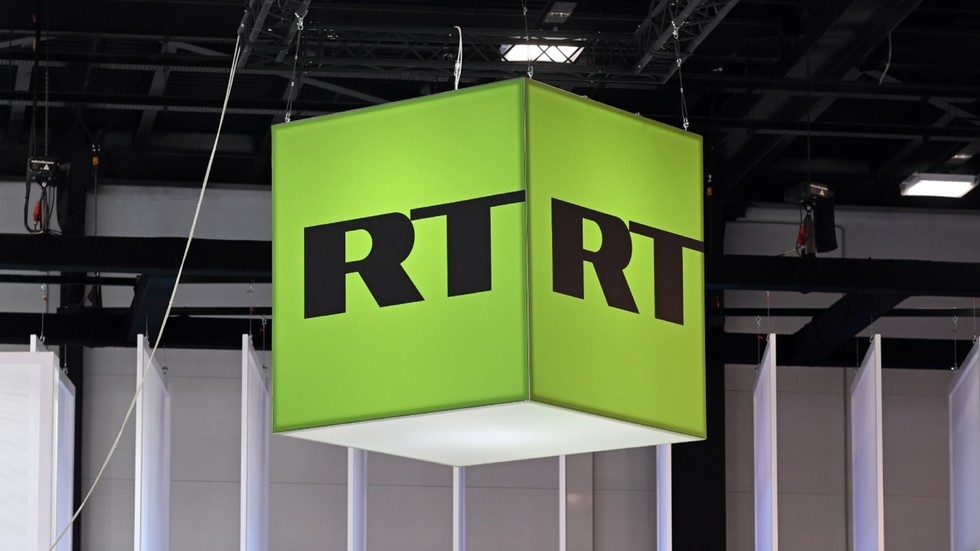Marc Bruxelle/iStock Editorial via Getty Images
Bank of Montreal (NYSE:BMO) U.S.-listed stock has dropped 4.9% in Monday after-hours trading after the Canadian bank announced that it’s issuing new shares to raise gross proceeds of ~C$3.15B (US$2.31B) after a Canadian regulator announced plans to increased the domestic stability buffer (DSB) requirement for domestic systemically important banks (D-SIBs).
On Dec. 8, the Office of the Superintendent for Financial Institutions announced the DSB level will be set at 3.0% as of Feb. 1, 2023. Also, OSFI widened DSB’s range to 0%-4% from the previous range of 0%-2.5%.
BMO (BMO) plans to issue and sell 11.8M common shares at a a price of C$118.60 per common share through a public offering for total gross proceeds of C$1.40B. It also plans to issue and sell ~14.8M shares at the public offering price through a concurrent private placement. The bank intends to use the net proceeds from the public offering and the concurrent private placement to align its capital position with increased regulatory requirements and for general corporate purposes
Due to the increase in the DSB level, as of Feb. 1, the bank expects to target a Common Equity Tier 1 ratio at or above 11.5%. The company’s fiscal Q4 CET1 ratio was 16.7%
The anticipated closing date of the public offering and private placement, except for the placement to BNP Paribas SA (OTCQX:BNPQF) (OTCQX:BNPQY) (OTCPK:BNPZY), is Dec. 16. The closing of the placement with BNPP is conditional on the closing of the public offering, private placement to other investors, and BMO’s acquisition of Bank of the West. About a year ago, BNP Paribas agreed to sell Bank of the West to BMO (BMO) for ~$16.3B.
Other investors in the private placement are: Caisse de dépôt et placement du Québec, OMERS, Alberta Investment Management Corp., Healthcare of Ontario Pension Plan, Public Sector Pension Investment Board, and Canada Pension Plan Investment Board.
Earlier this month, Bank of Montreal (BMO) Q4 earnings declined partly offset by loan growth and U.S. personal and commercial banking
















